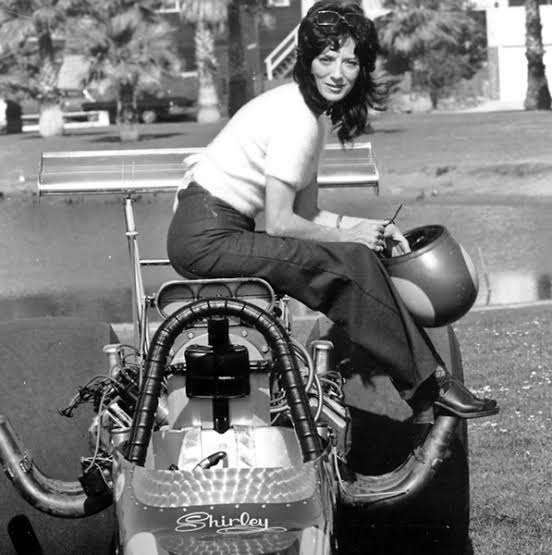Shirley Muldowney: The First Lady of Drag Racing
Shirley Muldowney, often called the “First Lady of Drag Racing,” is one of the most iconic figures in motorsports history. Born on June 19, 1940, in Schenectady, New York, Muldowney broke into the male-dominated world of drag racing with determination, grit, and a fierce competitive spirit. Her career is not only a testament to her skill behind the wheel, but also a milestone in the broader fight for gender equality in sports.
Muldowney’s passion for speed began early. As a teenager, she became interested in street racing, which later evolved into a fascination with drag racing. In the 1950s and 1960s, drag racing was heavily male-dominated, and women were rarely seen on the track. Despite this, Muldowney pursued her dream. She started racing in local events and quickly gained attention for her talent and determination.
In 1965, she earned her NHRA (National Hot Rod Association) license, becoming one of the few women allowed to compete in official drag races. At that time, there was no clear path for women in professional drag racing, and many people in the sport didn’t take her seriously. Nevertheless, Muldowney refused to let societal expectations define her. She was willing to work harder than anyone else to prove she belonged.
One of the defining features of Muldowney’s career was her transition to Top Fuel dragsters—the fastest and most dangerous class in the sport. Top Fuel cars can reach speeds over 300 miles per hour in just a few seconds. In 1973, she received her Top Fuel license, becoming the first woman to do so. This was a groundbreaking achievement, and it opened the door for other women in drag racing.
Muldowney’s crowning achievement came in 1977 when she became the first woman to win an NHRA Top Fuel championship. This historic victory shattered longstanding gender barriers in motorsports. But she didn’t stop there—she went on to win two more NHRA Top Fuel championships in 1980 and 1982. Her success on the track made it impossible for critics to ignore her talent, and she gained the respect of her peers and fans alike.
However, Muldowney’s journey was not without challenges. She often faced resistance and outright hostility from male competitors, sponsors, and race organizers. There were times when she struggled to find financial support because companies were reluctant to back a female driver. In addition, she endured harsh criticism and media scrutiny that male drivers rarely experienced. But her unwavering focus and resilience carried her through these difficulties.
In 1984, Muldowney suffered a near-fatal crash at a race in Montreal, Canada. Her dragster blew a tire at high speed and went out of control, resulting in a horrific accident that left her with numerous injuries, including broken legs, hands, and a crushed pelvis. Most people would have ended their careers after such a traumatic event, but not Shirley. She spent months in rehabilitation and eventually returned to racing, demonstrating the same fierce determination that had defined her entire career.
Throughout her time in drag racing, Muldowney became more than just a driver—she became a symbol of perseverance and female empowerment. Her life story was even turned into a movie, Heart Like a Wheel, which helped bring her incredible journey to a broader audience. Although she retired from full-time competition in the early 2000s, her legacy continues to inspire new generations of racers, both male and female.
Shirley Muldowney’s contributions to the sport of drag racing go beyond her impressive list of wins. She changed the way people view women in motorsports and helped break down barriers that had stood for decades. Her pioneering spirit, relentless work ethic, and undeniable talent made her a legend in her own time. Today, she is remembered not just as a great racer, but as a trailblazer who proved that gender should never be a limitation to greatness.
